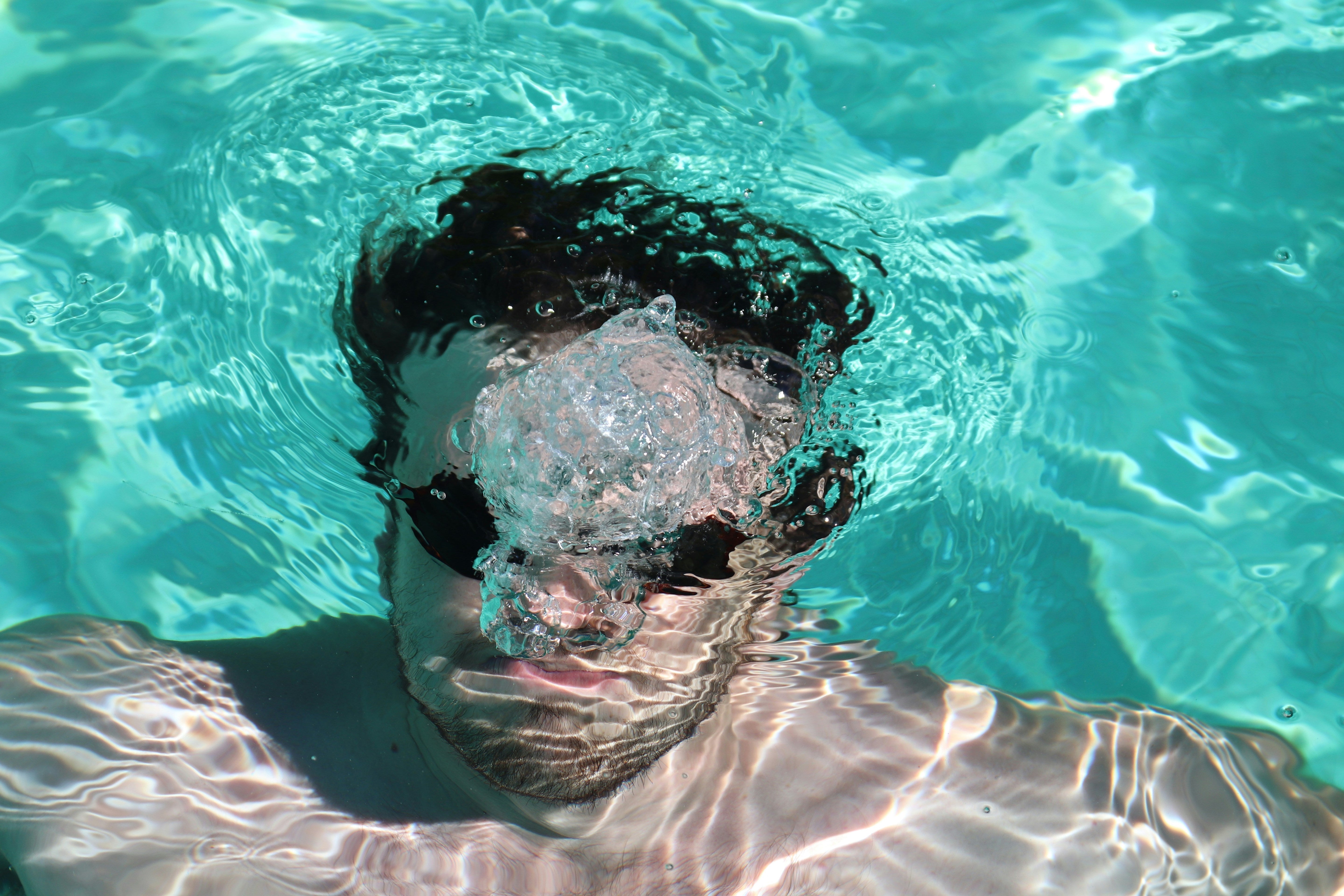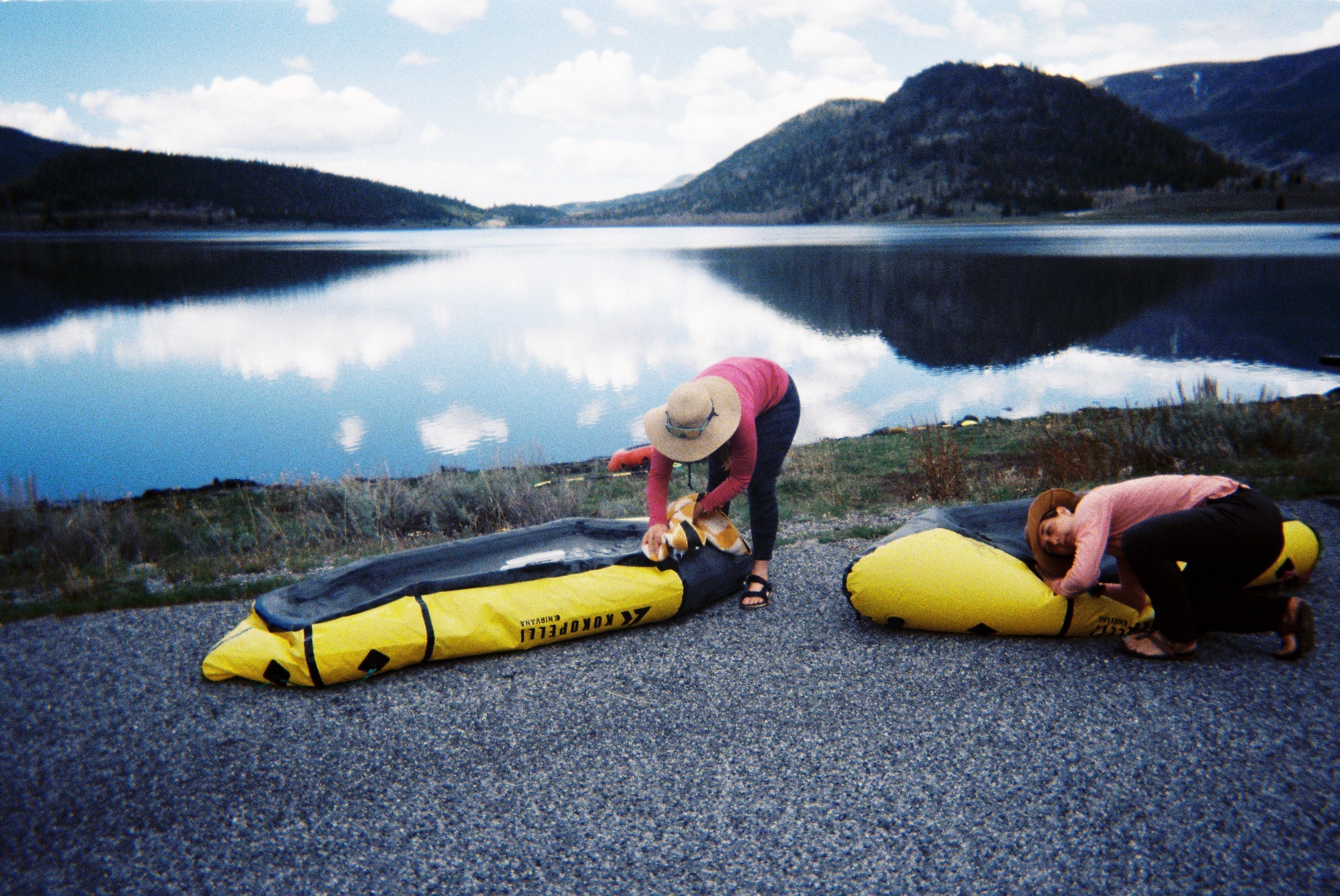What is Bikepacking?
Bikepacking is a blend of cycling and backpacking. The sport is all about embarking on self-sufficient multi-day rides, carrying (nearly) everything you need for as long as you're out, whether it's an overnighter or a months-long epic. From dense forest trails, desert landscapes, mountain passes, or along coastal roads, bikepacking allows you to explore diverse terrains and cover long miles with minimal gear.
What makes bikepacking special is the sense of adventure and connection with nature. Imagine pedaling through the rugged backcountry on the Great Divide Mountain Bike Route, knocking out miles in one of Utah's red desert national parks, or navigating the UK's charming countryside. The possibilities are endless (for route ideas, bikepacking.com is a great resource to help you plan your ride). Every trip is a chance to test your limits and experience nature in its rawest form, but it's also an exercise in balance - between what you carry and how you care for it.
Why Gear Care Matters in Bikepacking
The Importance of Well-Maintained Gear
The nature of bikepacking requires gear that can withstand the elements and miles of use. Reliable gear is essential not only for comfort, but also for safety. A well maintained bike and camping gear can be the difference between a smooth trip, and one that turns from Type 2 fun to Type 3 (AKA not fun during... or after). Plus, investing in quality gear means you'll want to protect that investment by extending its life as much as possible.
There's also an environmental benefit to proper gear care. Repairing and reusing gear reduces waste - by taking care of your gear, you're saving money AND keeping your gear out of the landfill.
Challenges of Gear Maintenance on the Trail
Bikepacking gear faces constant exposure to dirt, rain, sun, and rough terrain, as well as the occasional crash or two. Over time, these elements and mishaps can take a toll. A small tear in a bike bag or a leak in a tent might seem like a minor issue, but it can escalate quickly if not addressed. Regular maintenance and having the right tools on hand can make loads of difference.
When packing for a bikepacking trip, it's essential to carry gear that helps you handle unexpected issues. The basics include extra inner tubes and tire plugs (or "bacon strips") for patching punctured tires, a multi-tool for quick repairs, and a mini bike pump to keep your tires at the right pressure. A
well-stocked repair kit, including a chain breaker and spare links, can save your trip if your chain snaps. These essentials don't weigh much, and they provide peace of mind and ensure you're prepared for common problems that can arise. Beyond the basics, here's what we recommend to care for your gear both on your bike and at home.
How to Care for Bikepacking Gear
Patch Up Tears and Holes with Tenacious Tape
When you're cranking out miles, your gear is bound to take some hits. Bike bags scraping against rough surfaces, sharp alpine rocks, or stray Juniper branches can cause tears in your gear. These small damages can quickly become big problems if they continue to rip.
Tenacious Tape is your best friend when it comes to quick on-the-trail fixes. Whether you're dealing with a tear in your tent, jacket, or bags, this durable, waterproof tape provides a reliable solution, even in remote locations. It's easy to use - just clean the area as best you can, cut a piece of tape, or peel off a pre-cut patch, and apply it over the tear. A roll of tape will barely add any weight to your kit, and you can keep your gear functioning until you're able to do a more permanent repair at home.
Repair Leaks with Aquaseal FD
Leaks are another common issue, especially in inflatable sleeping pads and waterproof bags.
Aquaseal FD offers a permanent, flexible repair that locks in air and keeps water out. It ensures that your gear will remain functional throughout your trip.
Here's how to use FD for quick repairs while biking: First, clean and dry the damaged area as much as possible. Apply the adhesive evenly over the leak, covering slightly beyond the damaged section. Let it cure overnight for 8-12 hours, or use
Cure Accelerator to reduce that time to 2 hours. This fix ensures that leaks won't ruin the whole trip, whether you're relying on your sleeping pad for comfort or your waterproof bags to keep your gear dry.
Keep Zippers Functioning with Zipper Lubricant Sticks
Zippers are often the first component to show signs of wear and tear on bikepacking trips. There's nothing more frustrating than dirt and grime causing zippers to stick or even fully break.
Prevent zipper issues by using a
zipper lubricant before your trip. Apply it to all your gear's zippers - on bags, jackets, and tents - to keep them moving smoothly. This preventative care can save you from unexpected snags and extend the life of your gear's zippers. If you've got a particularly sticky zipper, it might even be worth bringing a stick along for on-the-trail maintenance.
Seal Seams with Seam Grip WP
Over time, seams in tents, rain covers, and bags can wear out, causing leaks and compromising your equipment.
Seam Grip WP is a waterproof sealant that can be applied to reseal those seams, providing an additional layer or protection against water damage.
Applying WP is relatively simple: you'll generally clean the area around the seam, apply the sealant, and let it cure. However, every piece of gear is a little bit different depending on the material it's made out of, and we'd recommend checking out our blog for more specific instructions for this at-home repair.
Clean Your Gear with Revivex Pro Cleaner
As you know by now, all of the dust, grime, and grease on your gear affects performance over time. A dirty jacket or bag may lose its water repellency, and dirty gear simple doesn't last as long as well-maintained stuff.
Revivex Pro Cleaner washes without damaging the fabric. After longer trips, consider giving your gear a deep clean by soaking it in Revivex. There are a couple of different ways to use Pro Cleaner - for outerwear, you can often just toss it in your washing machine (as long as it's front loading), or you can soak your gear in a tub with the cleaner. Keeping your gear clean not only extends its life, but also ensures it performs well when you need it most.
Remove Smells with Odor Eliminator
Bikepacking gear definitely starts to smell after extended use, especially in wet or humid conditions (like the PNW, for example). Helmets, bags, and clothing are particularly prone to developing pretty rank odors.
Odor Eliminator is an easy solution for freshening things up. For most bikepacking gear, we recommend simply spraying it onto your equipment and letting it air dry. Treating your stuff after a trip is key to keeping your gear pleasant for use the next time. No one really wants to sleep in a stinky tent or wear a smelly jacket, so take the time to eliminate odors before your friends call you out for being a little too ripe.
Long-Term Gear Care and Storage
Once your bikepacking adventure is over, it's tempting to toss your gear in a corner and forget about it until your next trip. However, taking the time to clean and repair your gear right after your trip can prevent long-term damage and save you money in the long run.
Start by inspecting your gear for wear and tear. Check seams, fabric, and zippers for any signs of damage, and address these issues promply with the appropriate repairs. Give everything a good clean with Pro Cleaner to remove dirt, debris, and sweat from your trip.
Proper storage is also just as important as a little post-trip maintenance. Storing your gear in a cool, dry place helps prevent things like mold, mildew, and UV damage, all of which can shorten the life of your equipment.
Why We Love DIY
We believe in empowering you to take care of your own gear repairs. With the right products and resources, you can handle many repairs on your own without needing to send your things in for pricey, time-consuming repairs, or replacing equipment altogether. Check out our tutorials, guides, and additional resources on our website to learn more about how to make the most of your gear.
Taking care of bikepacking gear is essential for ensuring your safety and comfort on your adventures. Our range of care and repair products are designed to help you keep your gear in top shape, so you can focus on what matters the most: logging many more miles of smiles.










